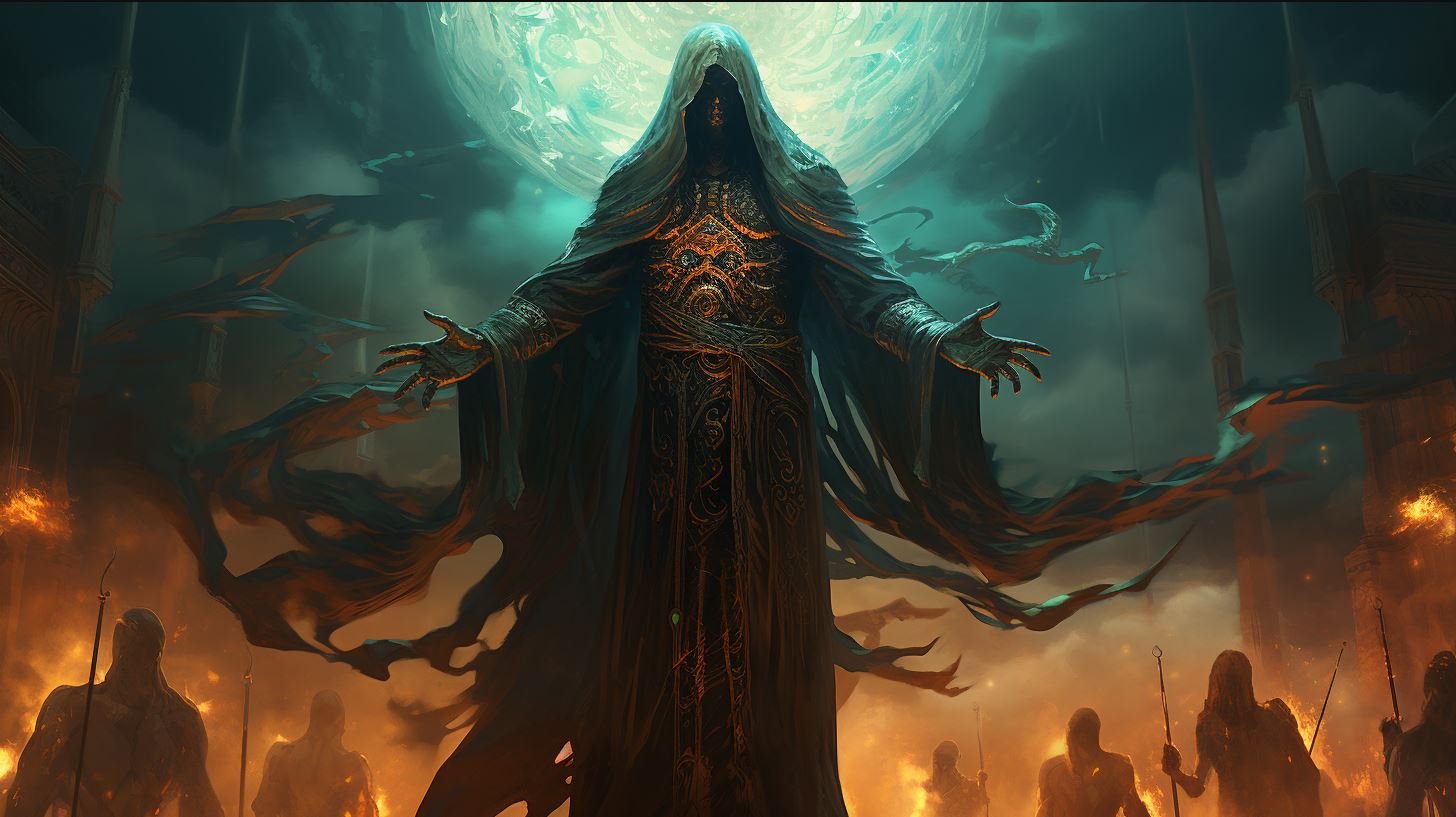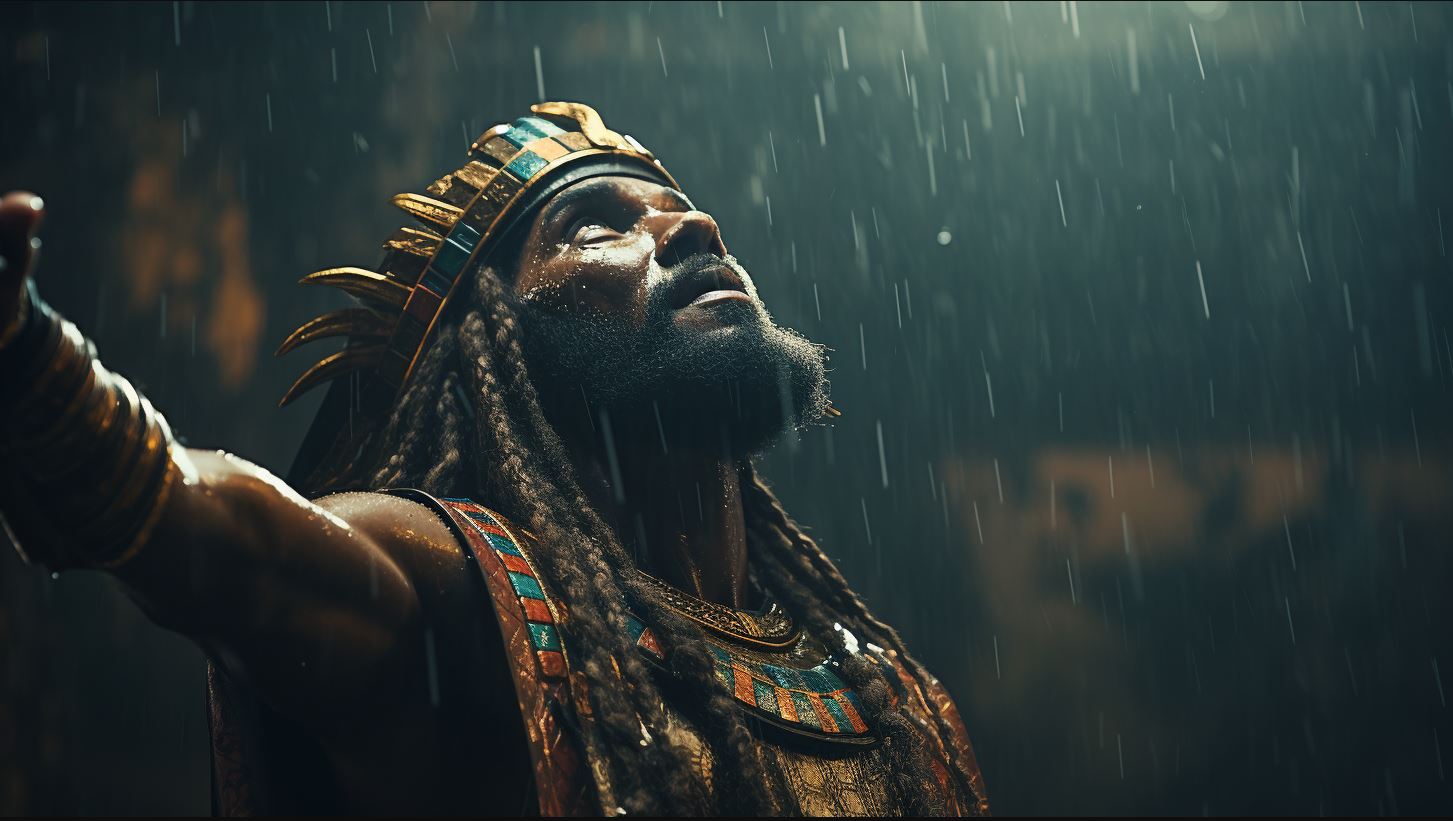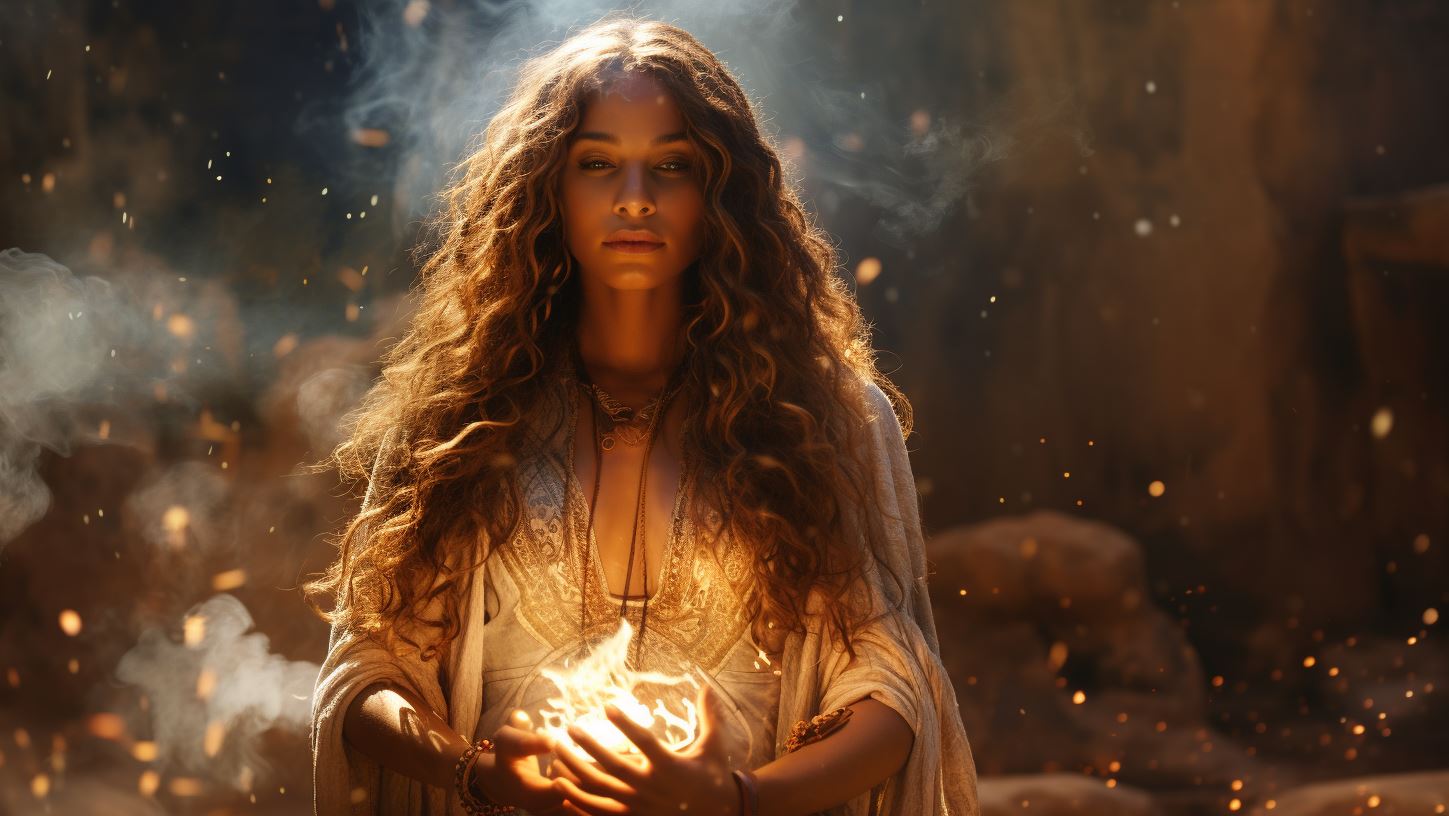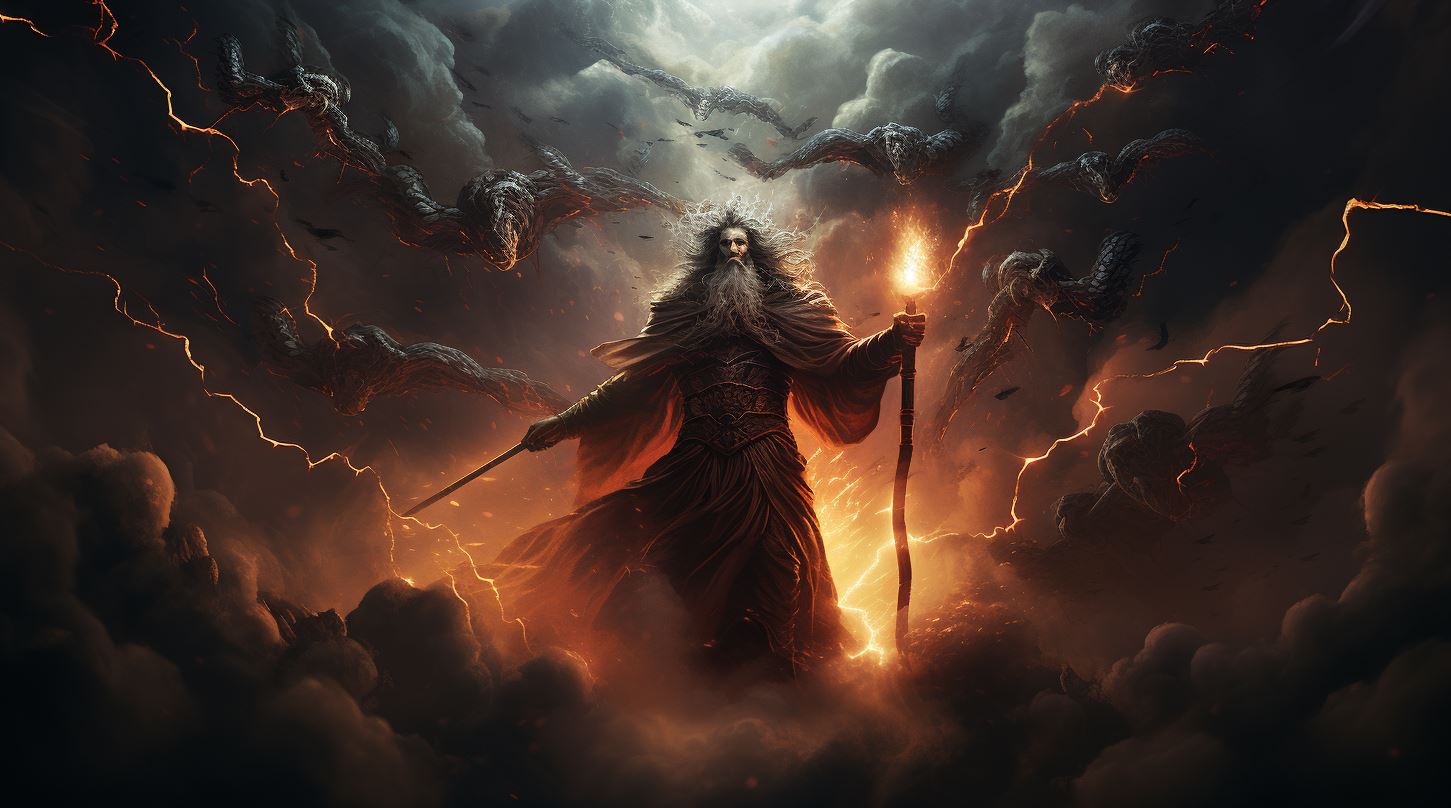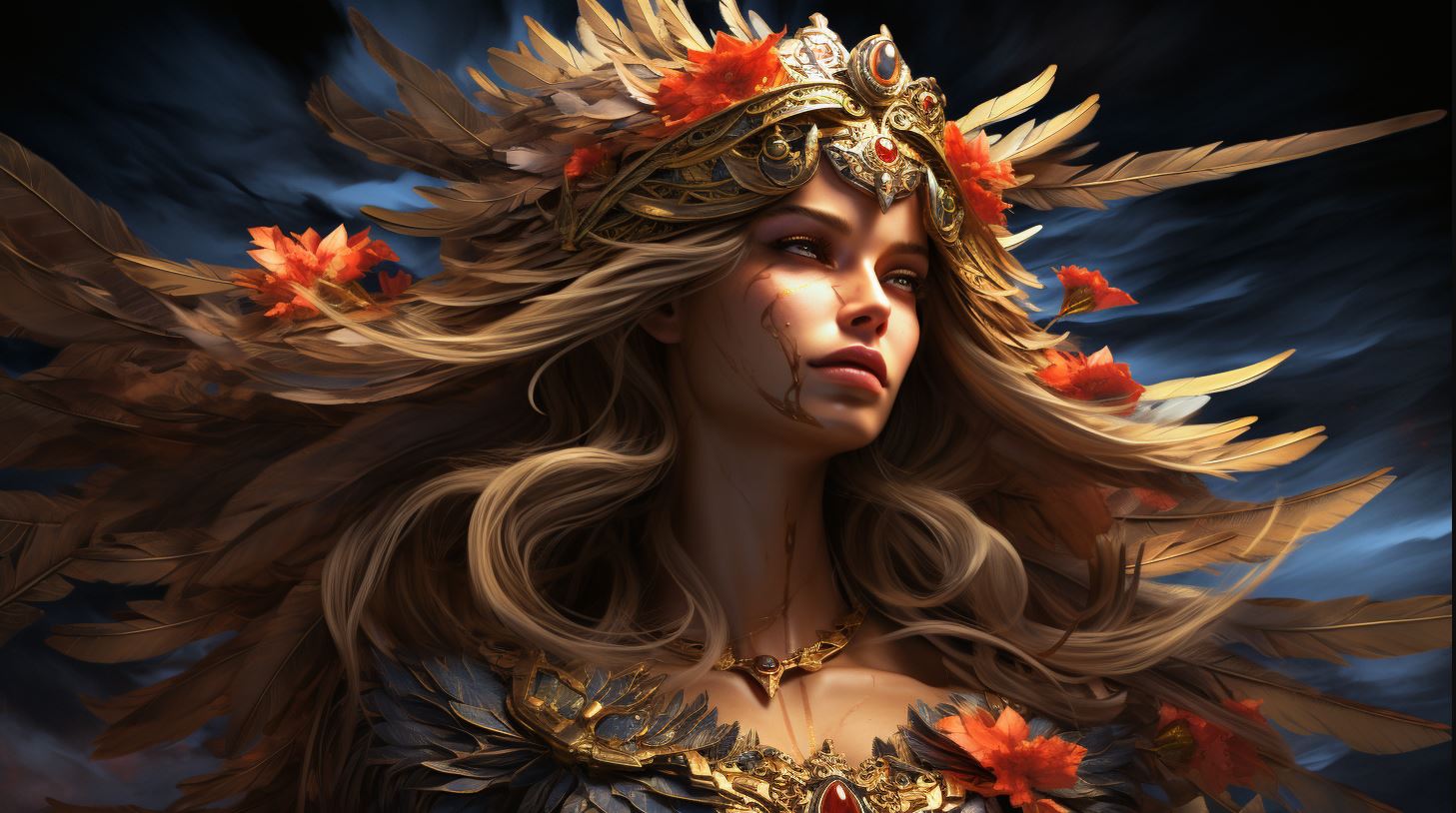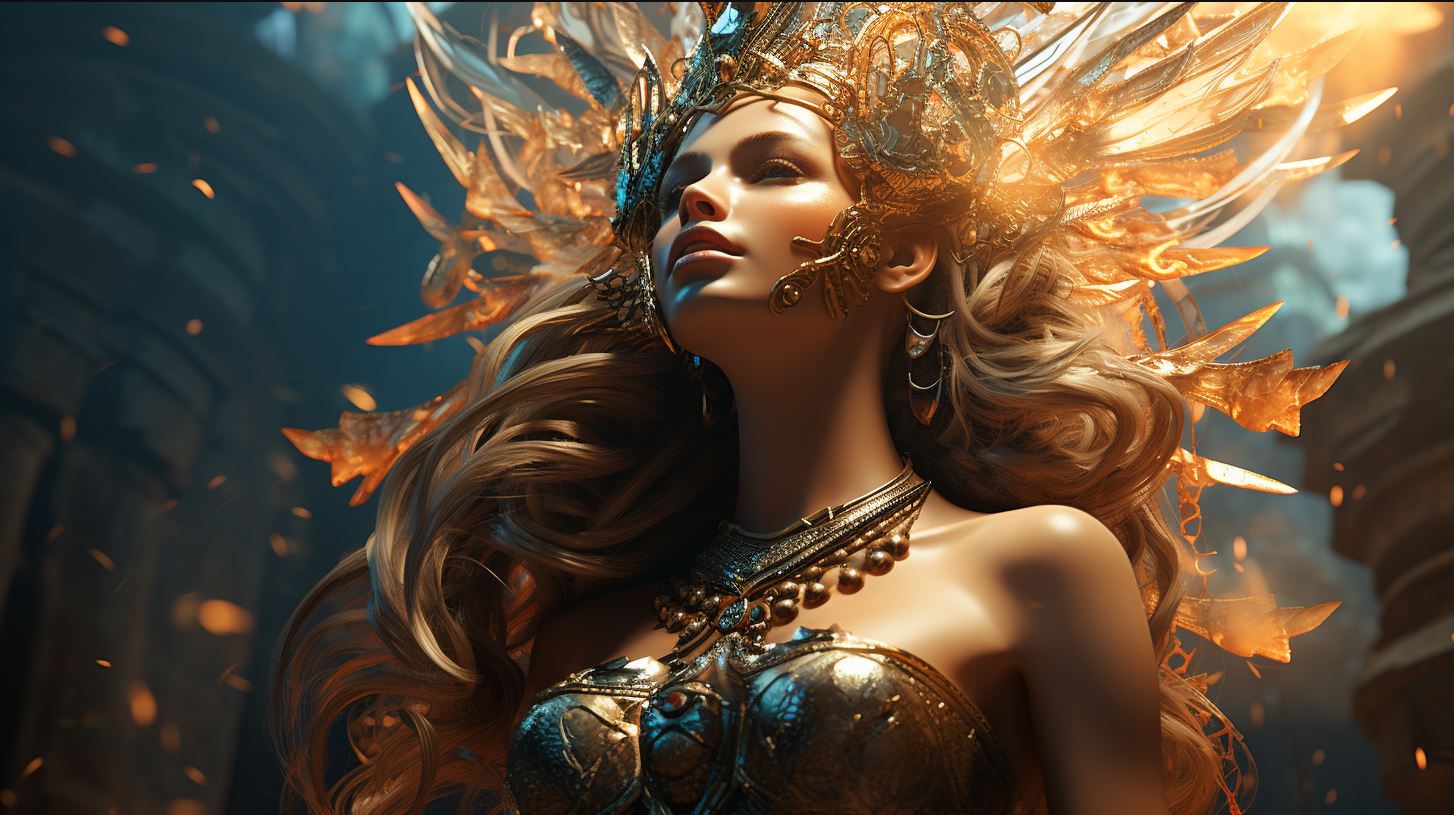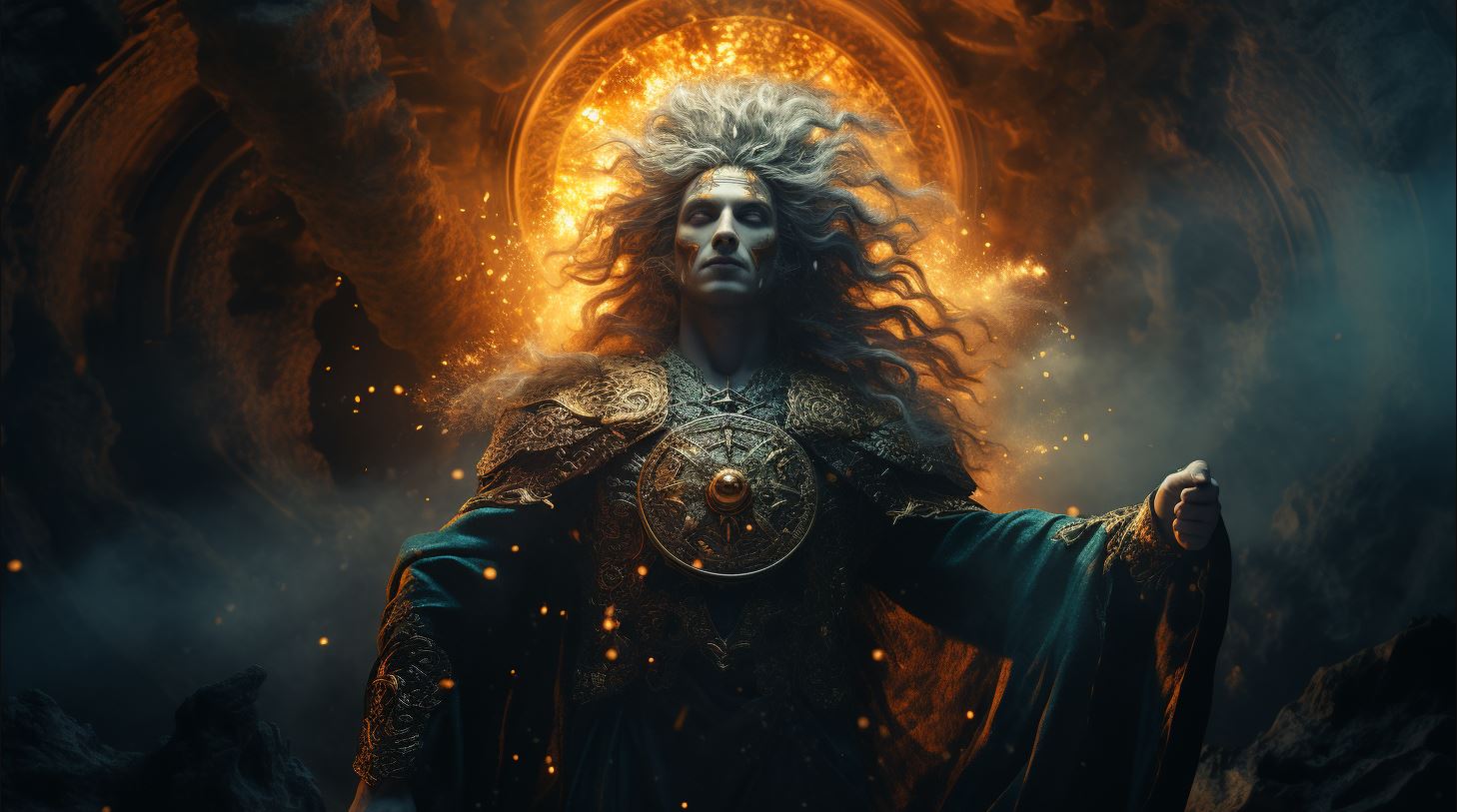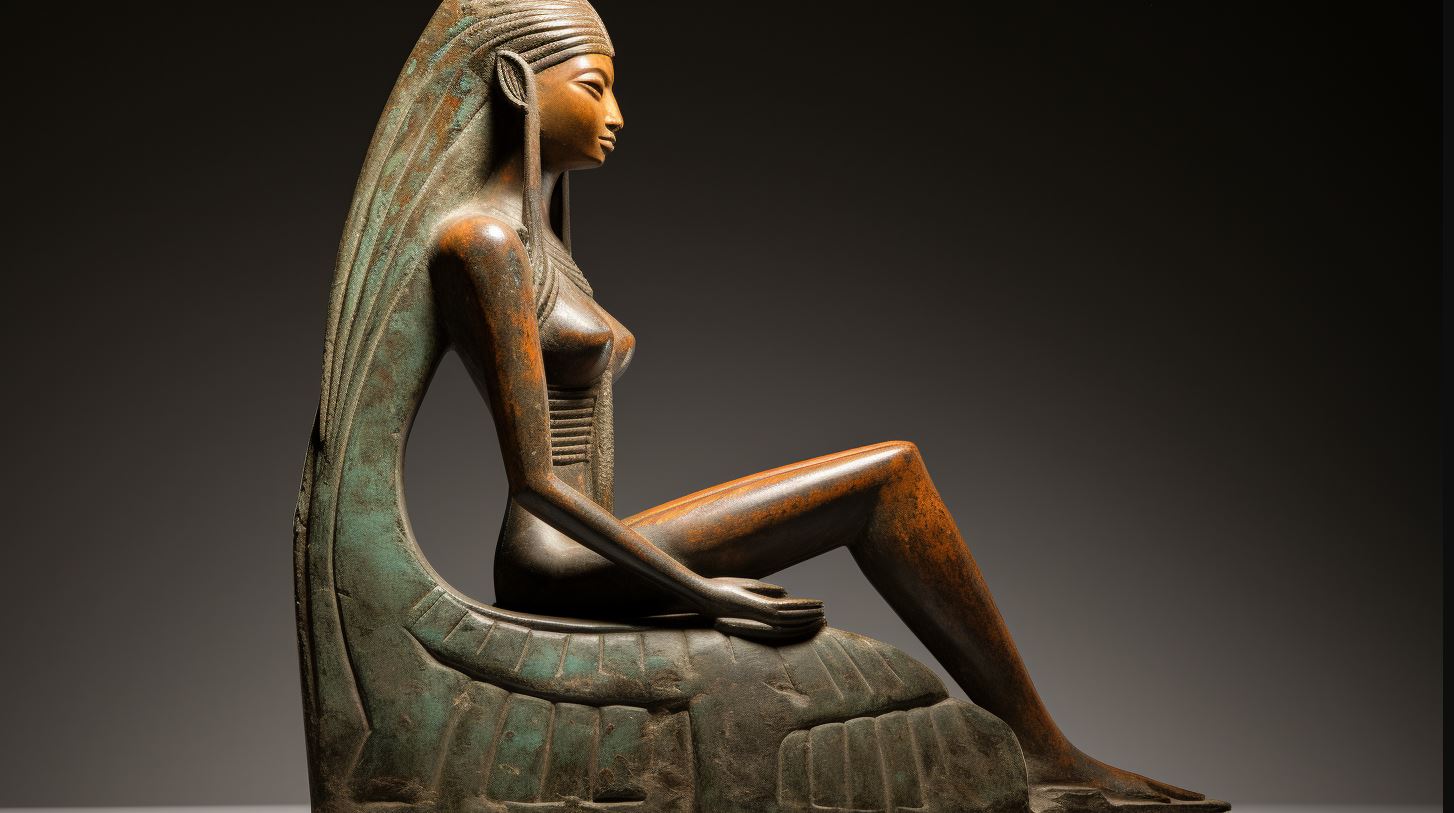Mot Canaanite God: Discovering the Ancient Deity of Death and Fertility Opposition
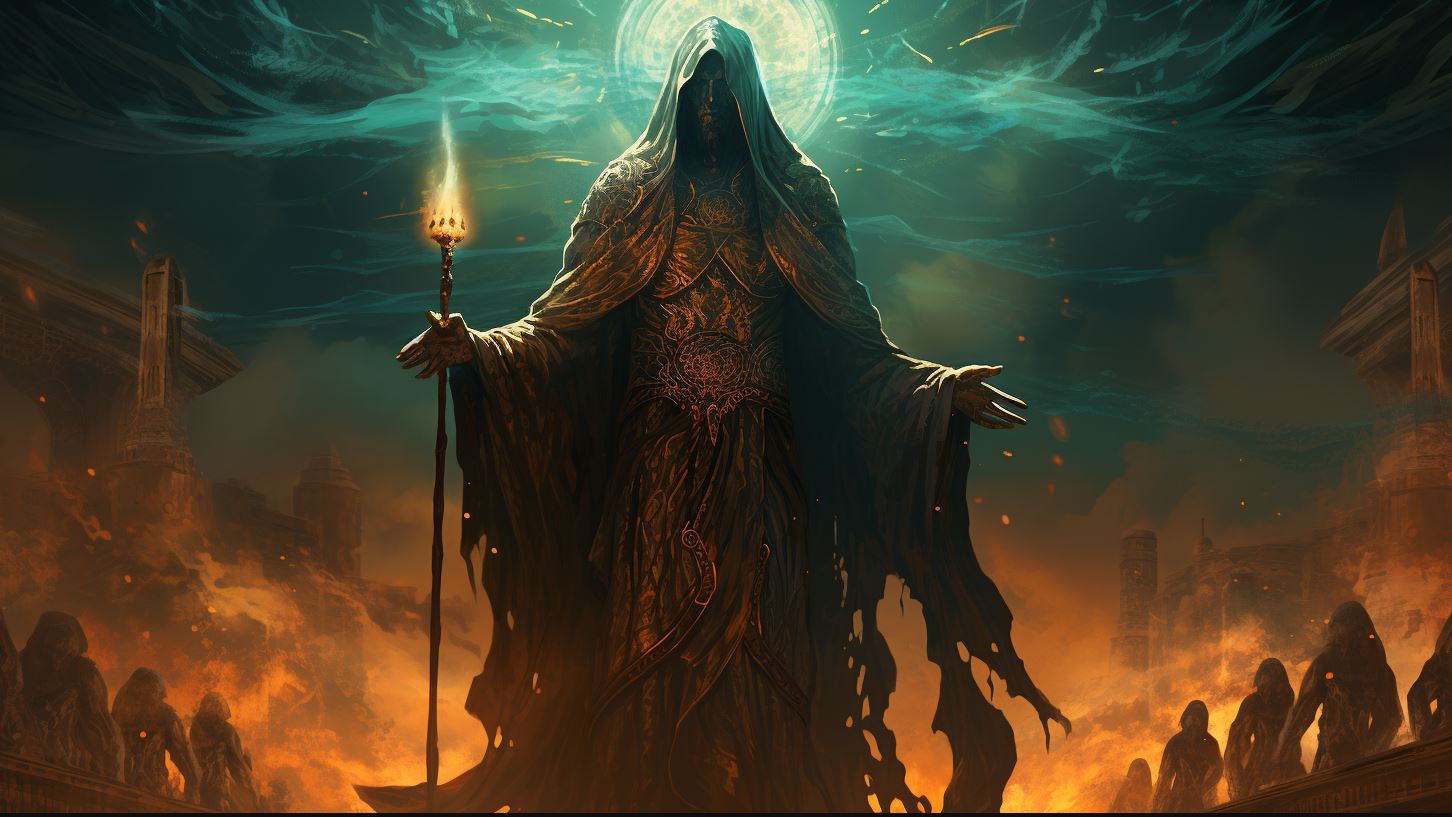
Mot Canaanite god, a prominent deity in ancient Canaanite mythology, holds a significant role as the god of death and opposition to life and fertility. Originating from Canaanite culture, Mot is closely intertwined with other gods, particularly Baal. Their cyclic battles and the involvement of Anath in Baal’s resurrection after Mot’s temporary victory further highlight their complex relationship.
Mot’s presence extends to modern interpretations, with comparisons drawn between Canaanite mythology and biblical narratives. Additionally, a comparative analysis sheds light on Mot’s significance among other death gods in various cultures.
Overview of Canaanite mythology
Canaanite mythology, a rich and complex belief system, encompasses a vast pantheon of gods and deities. This ancient religious tradition holds significant cultural and historical importance, offering insights into the worldview and spiritual practices of the Canaanite people.
Within this expansive mythological framework, one figure stands out prominently – Mot, the god of death and opposition to life and fertility.
Introduction to Canaanite Gods and Deities
Central to understanding Canaanite mythology is the exploration of its diverse array of gods and deities. These divine beings, believed to possess unique powers and attributes, play essential roles in shaping the natural and supernatural realms of Canaanite cosmology.
From the supreme god El to the warrior goddess Anath, each deity contributes to the intricate tapestry of Canaanite religious beliefs.
Significance of Mot in Canaanite Mythology
Amidst the vivid tapestry of Canaanite deities, Mot occupies a prominent place. His role as the god of death and opposition to life and fertility sets him apart, representing the natural cycle of life and demise.
Mot’s presence in Canaanite mythos speaks to the Canaanite worldview, offering insights into their understanding of mortality, the fragility of life, and the ever-present duality between creation and destruction.
Mot’s Role as the God of Death and Opposition to Life and Fertility
As the god of death, Mot represents the destructive forces that inevitably intertwine with existence.
In Canaanite mythology, Mot’s opposition to life and fertility emphasizes the delicate equilibrium between growth and decay. His dominion over barren landscapes and desolation underscores the transient nature of existence and highlights the Canaanite people’s reliance on cyclical patterns of life’s ebb and flow.
Through the exploration of Canaanite mythology, the significance of Mot’s role as the god of death and opposition to life and fertility becomes apparent. Understanding his place within the pantheon of Canaanite deities offers profound insights into Canaanite beliefs and the complex interplay between life’s vitality and the inevitability of death.
History of Mot in Canaanite culture
Furthermore, it explores the rituals and practices associated with worshiping Mot, shedding light on the reverence bestowed upon this deity.
Origins and Development of Canaanite Religious Beliefs
The religious beliefs of the Canaanites had a rich history that evolved over time. It is widely believed that the cult of Mot gradually emerged alongside other deities worshiped within the Canaanite pantheon.
As the beliefs and practices of the Canaanites evolved, Mot gained prominence as a central figure associated with death and opposition to life and fertility.
Mot’s Relationship with Other Canaanite Gods, Particularly Baal
Of notable significance is Mot’s complex relationship with Baal, another important deity in Canaanite mythology.
The dynamic interaction between these two deities involved a constant battle that mirrored the seasonal cycles and agricultural rhythms of ancient Canaan. Mot and Baal were not only opposing forces but also interconnected, with their struggles symbolizing the ebb and flow of life and death in the cosmic order.
Rituals and Practices Associated with Worshiping Mot
- The worship of Mot in Canaanite culture was accompanied by various rituals and practices, demonstrating the significance of this deity within the religious framework. These rituals often centered around death, decay, and the recognition of Mot’s power over life’s cessation.
- Canaanites would engage in ceremonies involving offerings, prayers, and sacrifices as they sought to appease Mot and ensure fertility and prosperity in their lives.
- The rituals associated with Mot were performed by priests and priestesses who held the responsibility of ensuring the proper execution of these sacred practices.
- Temples dedicated to Mot were constructed in prominent locations, serving as centers for worship and gathering where people could honor and pay homage to this deity.
Through the layers of history, the worship of Mot in Canaanite culture played a significant role in the lives of the people.
The intricate relationship between Mot and other deities, particularly Baal, shaped the understanding of life, death, and fertility. Rituals and practices associated with Mot’s worship added depth to the religious experiences of the ancient Canaanites, providing them with a means to seek guidance, protection, and blessings from this powerful deity.
Mot and Baal: The cycle of seasonal battles
In Canaanite mythology, the relationship between Mot and Baal is characterized by a recurring cycle of seasonal battles. This cyclic battle symbolizes the constant struggle between life and death, fertility and barrenness.
Explanation of the cyclic battle between Mot and Baal
The cyclic battle between Mot and Baal represents the changing seasons and the alternating dominance of life and death. It is believed that Mot, as the god of death and desolation, gains temporary victory over Baal, the god of fertility and abundance.
However, Baal’s resilience and the intervention of other deities ensure that his defeat is never permanent.
Despite Mot’s momentary triumphs, Baal eventually overcomes the forces of death and restores life and fertility to the land.
This cyclical nature of the battles exemplifies the continuous struggle between opposing forces in nature and the perpetual renewal of life.
The role of Anath in the resurrection of Baal after Mot’s temporary victory
Anath, the sister of Baal, plays a crucial role in the resurrection of Baal after Mot’s temporary victory.
She actively engages in combat with Mot, ultimately defeating him and contributing to the revitalization of Baal. Anath’s actions represent the powerful and protective forces aligned with life and fertility, aiding in the restoration of balance and the renewal of the earth.
This cyclic narrative reinforces the belief in the continuous cycle of life, death, and rebirth. It highlights the significance of Mot’s role as the antagonist to Baal and underscores the inseparable connection between life, death, and the natural world in Canaanite mythology.
- The cyclic battle between Mot and Baal signifies the perennial struggle between life and death.
- Mot achieves temporary victories, bringing about desolation and barrenness.
- Baal eventually overcomes Mot, leading to the restoration of life and fertility.
- Anath’s intervention contributes to Baal’s resurrection and the renewal of the earth.
Understanding the cycle of battles between Mot and Baal provides valuable insights into the religious and cultural beliefs of the ancient Canaanites.
It reveals their deep reverence for the forces of nature, their understanding of the inevitable cycles of life and death, and their recognition of the importance of balance and renewal within the natural world.
Mot in modern interpretations and biblical connections
Exploring Mot in modern interpretations and biblical connections offers valuable insights into the enduring significance of this Canaanite deity. Scholars and researchers have extensively studied Mot in the context of modern Canaanite and Semitic studies, shedding light on its historical and cultural relevance.
Mot’s Presence in Modern Canaanite and Semitic Studies
In modern academia, Mot continues to captivate the attention of scholars studying Canaanite and Semitic cultures. Researchers delve into ancient texts, artifacts, and archaeological discoveries to unravel the myths, rituals, and beliefs surrounding Mot.
These studies contribute to a deeper understanding of Canaanite religious practices and provide valuable historical context.
Comparisons Between Motifs in Canaanite Mythology and Biblical Narratives
Mot’s characterization in Canaanite mythology has intrigued scholars who seek to understand potential connections with biblical narratives. Comparative studies explore thematic similarities, symbolic imagery, and shared motifs between Canaanite mythology and biblical texts.
These analyses offer valuable perspectives on the cultural and religious influences that permeated ancient Near Eastern societies.
Symbolic Meanings and Interpretations of Mot in Different Religious Contexts
Mot’s representation as the god of death and opposition to life and fertility has diverse interpretations within various religious contexts. Scholars examine how Mot’s symbolism relates to broader concepts of mortality, the afterlife, and spiritual transformation.
By dissecting the multifaceted meanings attributed to Mot across different belief systems, researchers gain insights into the spiritual and philosophical depths of Canaanite mythology.
Overall, the study of Mot in modern interpretations and biblical connections offers a nuanced understanding of Canaanite culture, its religious beliefs, and the intricate relationships between ancient deities.
By exploring Mot’s presence in contemporary academic discourse, we gain a deeper appreciation for the enduring legacy of this enigmatic Canaanite god.
Comparative analysis with other death gods
In this section, we will explore the similarities and differences between Mot, the Canaanite god of death, and other death deities from various cultures. We will also examine Mot’s significance within the broader context of ancient Near Eastern mythology and its influence and legacy in contemporary cultural and religious practices.
Similarities and differences between Mot and other death deities in different cultures
When comparing Mot with other death gods, such as Hades in Greek mythology or Mictlantecuhtli in Aztec mythology, certain similarities emerge. These deities all share the domain of death and are often depicted as powerful and formidable figures.
However, there are also notable differences between Mot and other death deities. For instance, while Hades rules over the underworld in Greek mythology, Mot is associated specifically with death and sterility in Canaanite mythology.
Furthermore, the conceptualization of death and the afterlife varies across different cultures, leading to distinct characteristics and attributes of death gods. Exploring these variations provides valuable insights into the diverse interpretations of death and its place in human understanding.
Mot’s significance in the broader context of ancient Near Eastern mythology
Within the ancient Near Eastern mythological landscape, Mot holds a significant position as the Canaanite god of death. The mythology associated with Mot reflects cultural beliefs surrounding mortality, fertility, and the cyclical nature of life.
Additionally, Mot’s role in the ongoing battle with Baal and the subsequent resurrection facilitated by Anath reveals the intricate interplay between life and death, as well as the importance of divine balance and seasonal cycles in ancient Canaanite culture.
Influence and legacy of Mot’s character in contemporary cultural and religious practices
The influence of Mot’s character extends beyond its ancient context into contemporary cultural and religious practices. Despite the decline of Canaanite religion, the presence of death as a theme remains relevant in various belief systems.
Some modern interpretations draw upon Mot’s symbolism to explore existential questions, human mortality, and the delicate balance between life and death. Mot’s legacy serves as a reminder of the enduring human fascination with the cycle of life and death, and its portrayal in diverse artistic, literary, and religious expressions.
- Exploration of similarities and differences with other death deities
- Understanding Mot’s significance in ancient Near Eastern mythology
- Examining the influence and legacy of Mot’s character in contemporary practices
By delving into the comparative analysis of Mot’s character with other death gods, considering its place within ancient Near Eastern mythology, and reflecting on its impact in contemporary cultural and religious contexts, we gain a deeper understanding of the multifaceted nature of death and its symbolic significance throughout human history.
…

